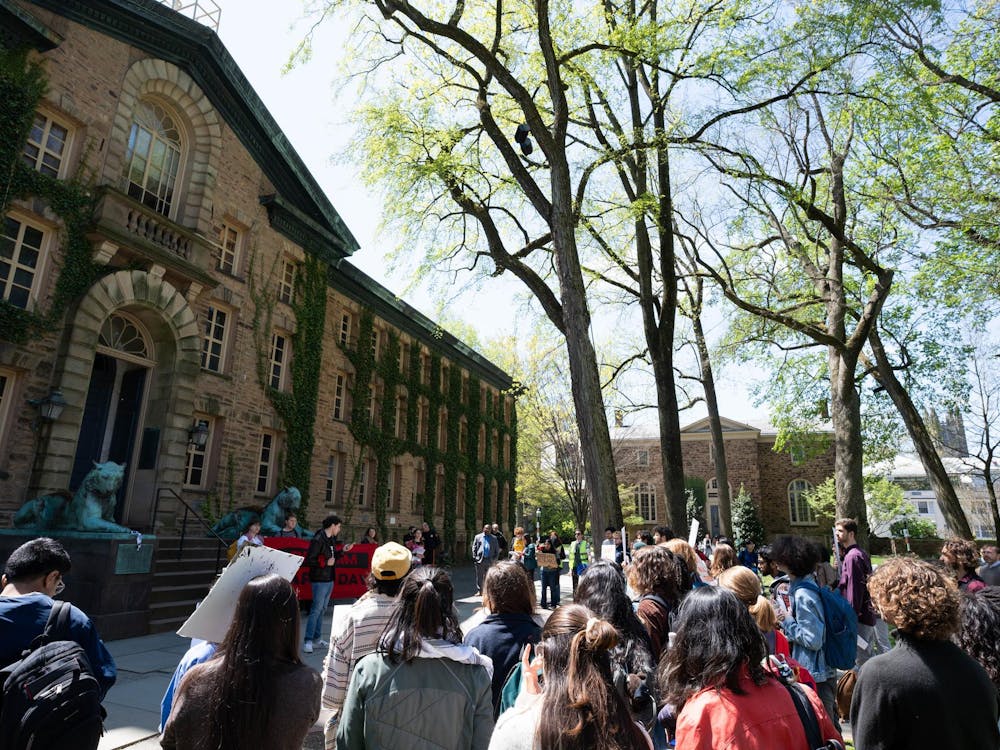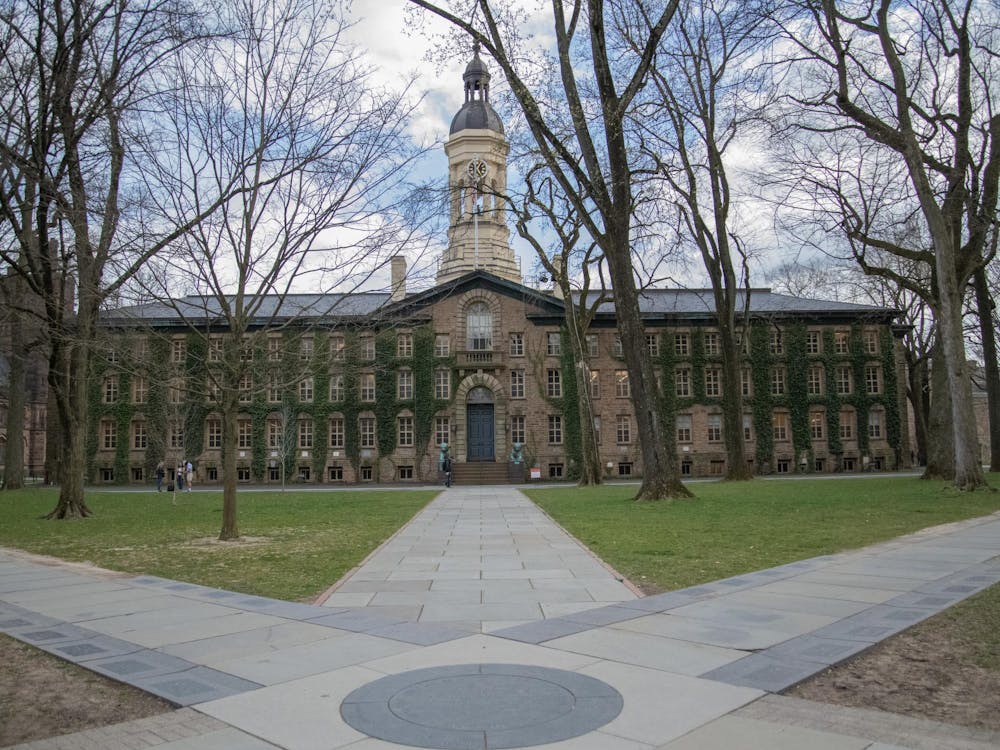The Office of Vice President and Secretary of the University did not know whether or not students had a voice on the University Board of Trustees. After being routed once, I was put in touch with Director of Media Relations John Cramer, who eventually informed me that there are no students on the Board of Trustees. It turns out that we have no voice.
As the Board makes important decisions affecting students, one would expect that students’ voices would be directly represented. How else can the Board accurately weigh both what its members want and what the students want?
Student representation would be simple and easy to implement. One member of each class, who desires the position and is aware of the great responsibility it entails, would be elected by that class to be a student representative for the year. The system would allow the Board to hear from students directly; the student representatives would attend all the Board’s meetings and be an equal to the other trustees. Opinions on campus change with the passage of time, so current students would be best at predicting the transitions necessary to keep campus up-to-date. Many members of the Board have not attended a university in some years, so their decisions may not always represent what would be best for the students and the University in today’s world.
If a situation arises where the opinion of the students must be heard, it will be. It will no longer be necessary for the Board to establish a temporary committee to present findings, which is indirect representation of students. Although much of the Board’s agenda is focused on finances, student input is still necessary. Not only does a portion of the finances come from tuition, but also the investments may be contrary to what the student body desires.
The Board of Trustees has 38 members, so adding four student representatives is not going to swing a vote often. Most of the time, the student representatives will agree with the other trustees, or else fail to change the vote. If there is a decision where the student representatives do carry the vote, or break a tie, then the case was already controversial and subject to reversal in the future as more recent alumni become trustees. In other words, if the students’ vote reflect a generational attitude shift, the decision would probably be overturned when the current Board gives way to new trustees. Ultimately, adding four student trustees will allow students’ voices to be represented and give the Board more long-term stability, without detrimental ramifications.
This change is neither radical nor new. Other universities, such as Oregon State University, require at least one student to be on the Board. In the Ivy League, Cornell University mandates two trustees be students at all times. These universities have not fallen into chaos because there is student representation on the Board. It is time that Princeton accepts students as voting trustees on the Board so that students have a voice.
Mason Cox is a freshman from Albany, Oregon. He can be reached at mwcox@princeton.edu.








